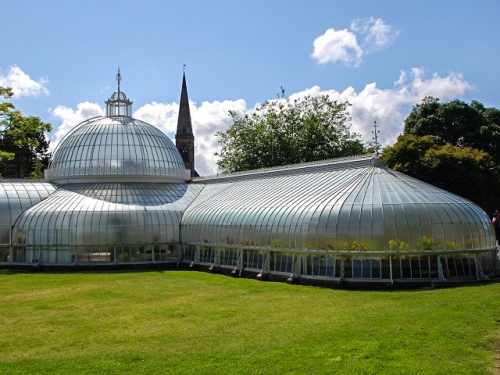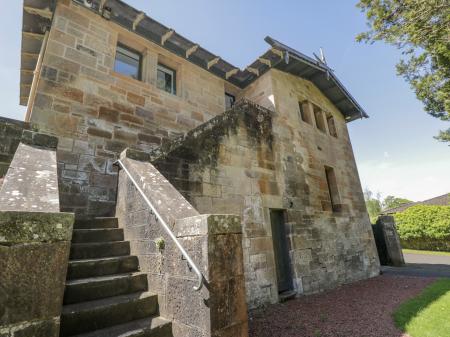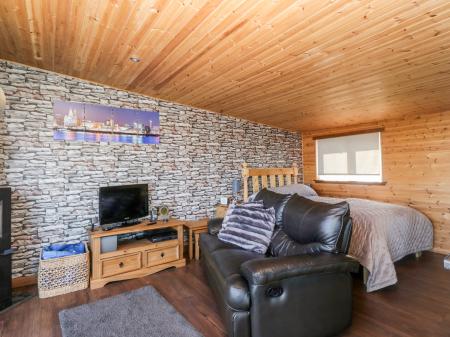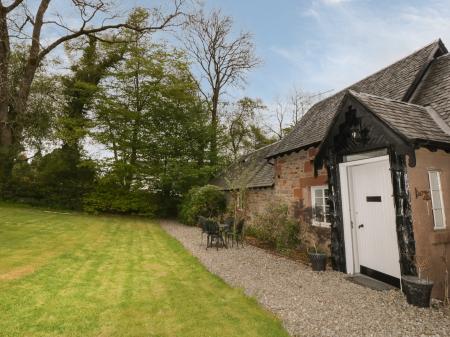
History
In 1817 an eminent Scottish botanist named Thomas Hopkirk founded a botanic garden on an 8-acre site at the western end of Sauchiehall Street. Hopkirk donated over 3,000 plants, which formed the core of the garden's first collections. The garden was established with the help of the University of Glasgow.
The garden expanded so quickly that it quickly outgrew the Sauchiehall Street site, and in 1839 a new location was purchased on the banks of the River Kelvin, and in 1842 the Royal Botanic Institution of Glasgow opened the garden. Institute members were admitted, but the public was only allowed to visit on weekends, for a small admittance fee.
Kibble Palace
John Kibble was true Victorian eccentric, an entrepreneur, and businessman. He built a large glasshouse on his property at Coulport on the shores of Loch Long.
In 1871 he sold the glass and steel structure to the Royal Botanic Institution of Glasgow. The glasshouse was dismantled and shipped by barge to Glasgow, where it was enlarged and re-erected.
The cost of purchasing the glasshouse put the Institute into a serious financial hole. The City of Glasgow purchased the garden and is bound by law to keep them open as a public park and botanic garden forever.
The new glasshouse opened to the public in 1873, its interior lit not only by natural sunlight but also by 600 gas lamps which could be coloured for a dramatic theatrical effect. The glasshouse covers an astonishing 2137 m2 and is built with a curved wrought iron and glass on a cast iron frame, resting on masonry piles.
The Kibble Palace, as it was called, was the setting not only for the garden's collections of tender plants but also for public events such as a religious revival meeting and the ceremonies installing Benjamin Disraeli and his great political rival, William Gladstone, as rectors of the University - at different times.
The Kibble Palace is home to the national collection of tree ferns, planted here in the 1880s and based on samples from New Zealand and Australia.
A new set of glasshouses was erected in 1878. These were built not of steel but teak, and are now called the Main Range to distinguish them from the Kibble Palace.
Additions to the original botanic collections include an herb garden, opened beside Kibble Palace in 1957, an arboretum and a species rose garden. There are riverside walks beside the River Kelvin, and areas of woodland in addition to the tropical and sub-tropical plants in the glasshouses.
The gardens are free to enter.







